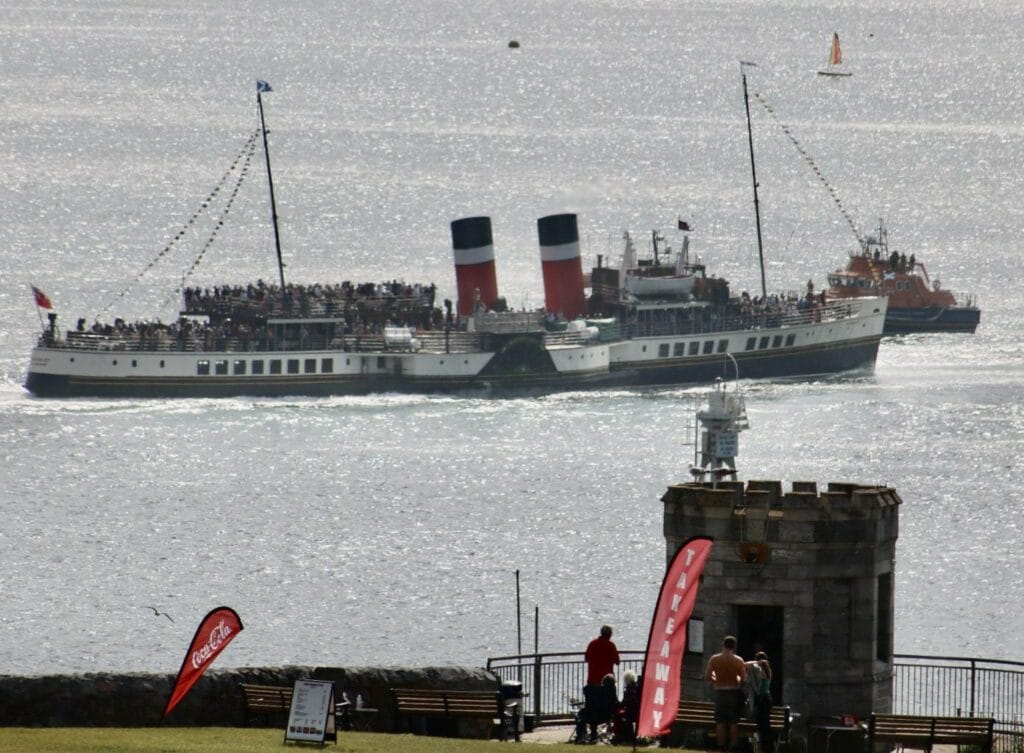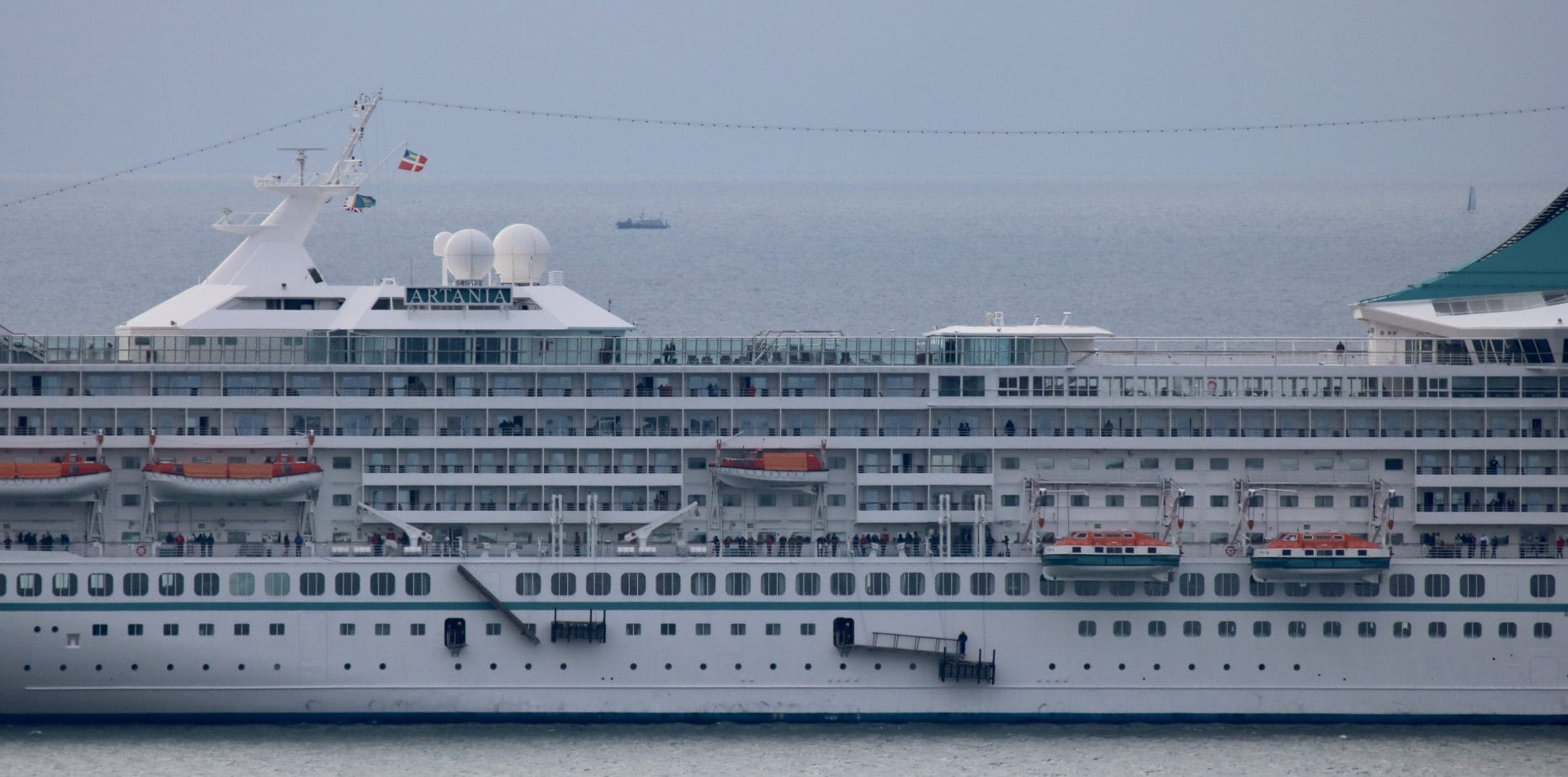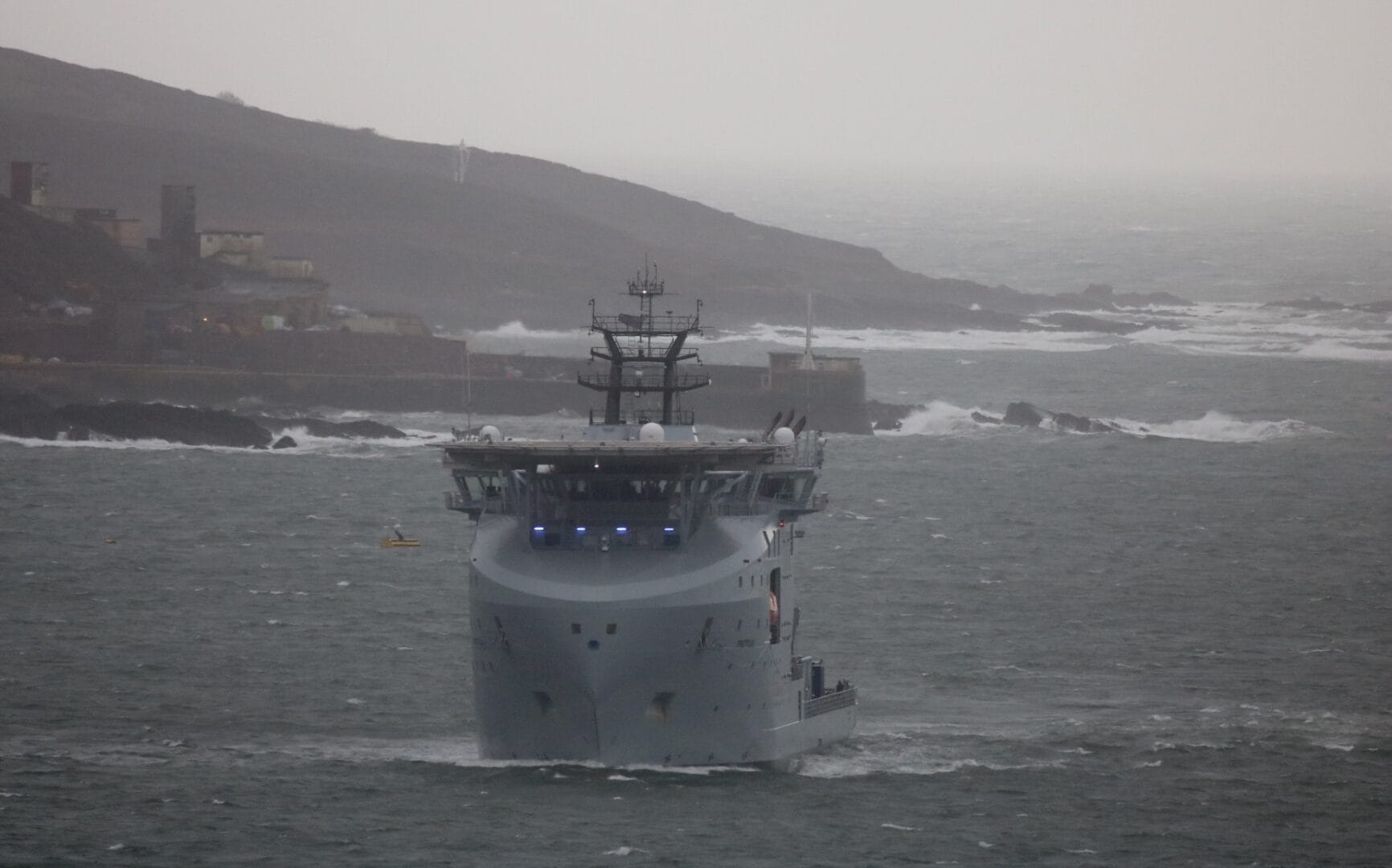The iconic PS Waverley, the world’s last seagoing paddle steamer, will soon be coming out of dry dock following its annual survey, repair works and full repaint, and setting sail for a huge summer season of visits to 70 piers and ports across the UK next month.

Shipping enthusiasts will once again hear the sound of paddle beats in Plymouth when the PS Waverley sails into the Sound and berths at the Barbican Landing Stage on the 29th August and then cruises to Falmouth and Dodman Point, Looe Bay, and the Rame Heritage Coast, followed by a sunset cruise from Plymouth to Whitsand Bay and Cawsand Bay.
Once again Westward Shipping News will capture on our live webcam the first sight of the PS Waverley in the Sound.
Other callings for the Waverley include Torquay on Saturday, 30 August, offering an afternoon cruise along the South Devon Coast and taking in Dawlish and Teignmouth, before sailing at 3.45pm to steam across to Dartmouth to meet again the Kingswear Castle and steam up the River Dart, as part of the annual Dartmouth Royal Regatta event.
On Monday, 1st September, the Waverley will sail from Torquay at 12.15pm bound for Weymouth, giving passengers the opportunity to enjoy the south coast with views of Lyme Bay, Portland Bill, Durdle Door and Lulworth Cove.
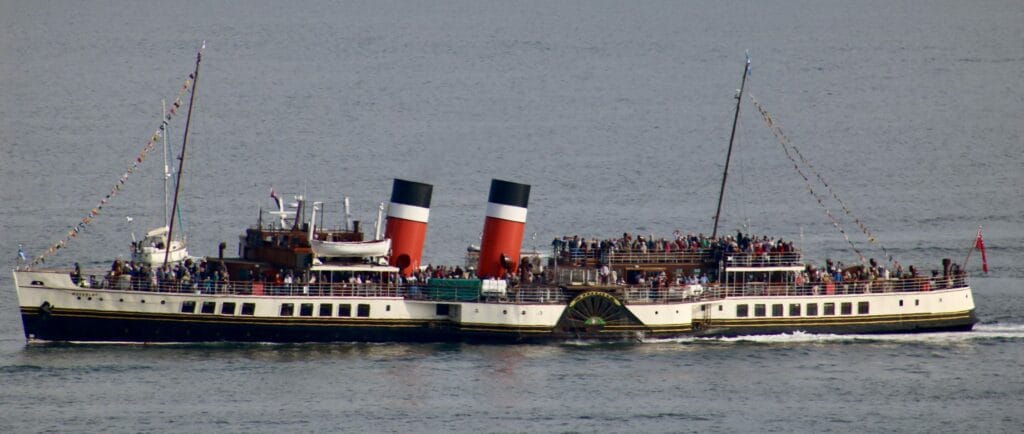
A full list of the Waverley’s visits to the South West region can be viewed on their web portal:
The paddle steamer offers full catering facilities throughout all cruises, where passengers can enjoy a hot or cold snack; tea and cake in the afternoon; a hot meal in the dining saloon or a refreshment in one of the period lounges, as well as a visit to the souvenir shop to take home an exclusive gift or memento of their trip on this famous and much-loved ship.
The Waverley was built in Glasgow for the London and North Eastern Railway, launched in October 1946, and entered service on June 16, 1947.
She is the world’s last seagoing paddle steamer and was gifted to the Paddle Steamer Preservation Society in 1974 for £1.
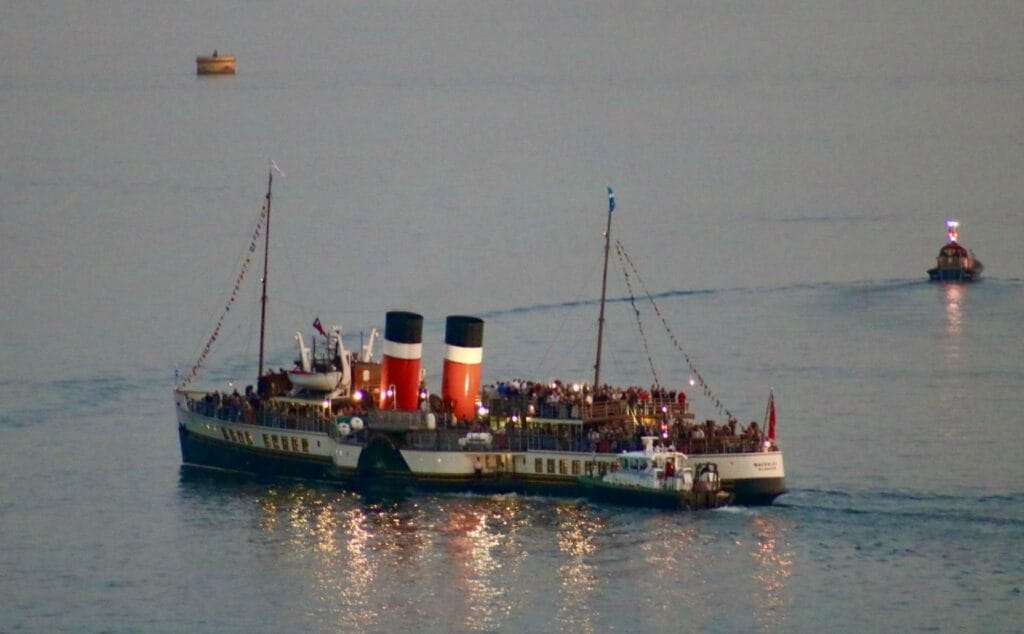
The PS Waverley is now fully restored to her original 1940s style, and since 1975, she has operated in preservation, carrying more than six million passengers.
The ship is operated on a ‘not-for-profit’ basis and is British registered for up to 780 passengers.

